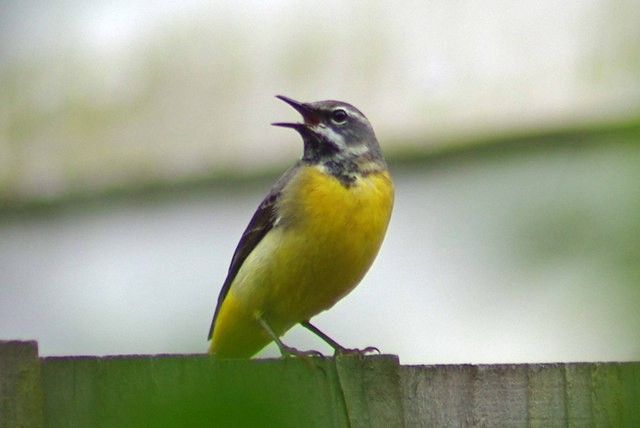Grey Wagtail
A species of Wagtails Scientific name : Motacilla cinerea Genus : Wagtails
Grey Wagtail, A species of Wagtails
Botanical name: Motacilla cinerea
Genus: Wagtails
Content
Description People often ask General Info
 Photo By Glyn Baker , used under CC-BY-SA-2.0 /Cropped and compressed from original
Photo By Glyn Baker , used under CC-BY-SA-2.0 /Cropped and compressed from original Description
A longtail songbird, the grey Wagtail can be vocal whether it is on the ground or in flight. The bird is often seen near running water with a rocky habitat close by. It shares a common characteristic with other birds in the genus. It frequently wags its tail feathers and flies low to the ground.
Size
18 - 20 cm
Life Expectancy
3 years
Nest Placement
Ground
Feeding Habits
Grey Wagtail primarily feed on insects, beetles, spiders, crustacea, mollusks, freshwater shrimps, and snails. Their foraging behavior involves nimble movements near waterbodies, capturing prey with precision. They have a distinct preference for aquatic environments, leveraging their agility for diverse feeding opportunities.
Habitat
Grey Wagtail's primary habitats include fast-flowing mountain streams and rivers within forested regions. They also inhabit lowland aquatic areas with artificial water features and, during the non-breeding season, can be found in diverse environments ranging from agricultural lands to urban centers. Their adaptability allows them to thrive at elevations as high as 4100 meters, as seen in the Himalayas.
Dite type
Insectivorous
People often ask
General Info
Feeding Habits
Bird food type
Sounds
Call
Recording location: Belgium
Song
Recording location: India
Behavior
The breeding season is April to July and the nest is placed near fast running streams or rivers on an embankment between stones and roots. The male in display, makes short flights up into the air and descends slowly with fluttering flight accompanied by a rapid series of chipping high notes. In Europe the nests are often made in holes in manmade structures. 
Distribution Area
The bird is widely distributed across the Palearctic region with several well marked populations. The nominate form (includes caspica of Iran, Turkey and the Caucasus) is from western Europe including the British Isles, Scandinavia and Mediterranean region. 
Species Status
Not globally threatened.
Scientific Classification
Phylum
Chordates Class
Birds Order
Perching birds Family
Wagtails Genus
Wagtails Species
Grey Wagtail